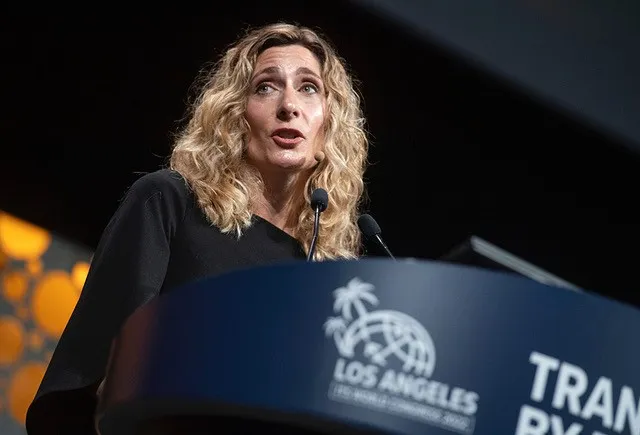As part of its ITS Strategic Plan for Canada, En Route to Intelligent Mobility, the Government of Canada has announced federal funding for new technology development at the Port of Halifax, including an integrated port logistics system and the bridge air gap system. With larger ships accessing the port, there is a need to continuously monitor vessel clearances under each of the harbour bridges. The upgrading and enhancing of the bridge air gap system will enable the port to identify exactly the ship clearan
April 24, 2013
Read time: 2 mins
As part of its ITS Strategic Plan for Canada, En Route to Intelligent Mobility, the Government of Canada has announced federal funding for new technology development at the Port of Halifax, including an integrated port logistics system and the bridge air gap system.
With larger ships accessing the port, there is a need to continuously monitor vessel clearances under each of the harbour bridges. The upgrading and enhancing of the bridge air gap system will enable the port to identify exactly the ship clearance.
Port operators and shippers will have confidence in the ability of ships to transit beneath the bridge, preventing delays in accessing and leaving the port. These investments will ultimately help reduce levels of emissions and fuel usage and ensure the safety of the bridges and will also result in increased efficiency and safety for port users.
The total cost of these two intelligent transportation systems (ITS) is estimated at US$640,000, with the federal government contributing up to US$321,000 under the Strategic Highway Infrastructure Program. The Port of Halifax is providing a similar sum towards the completion of these projects.
Announcing the projects, Canada’s minister of national defence, Peter MacKay, said: "A strong and efficient transportation sector is critical to Canada's future economic growth. I am proud that our government has supported these two intelligent transportation systems projects, which will improve the efficiency of the supply chain, reduce costs, and increase the satisfaction of customers moving goods through Atlantic ports. Ultimately, these will increase safe, efficient and reliable traffic flows while reducing environmental impacts."
"Advanced technologies make it possible to improve operational safety, security, efficiency and environmental responsibility without changing the existing infrastructure," said Karen Oldfield, President and Chief Executive Officer of the Halifax Port Authority.
With larger ships accessing the port, there is a need to continuously monitor vessel clearances under each of the harbour bridges. The upgrading and enhancing of the bridge air gap system will enable the port to identify exactly the ship clearance.
Port operators and shippers will have confidence in the ability of ships to transit beneath the bridge, preventing delays in accessing and leaving the port. These investments will ultimately help reduce levels of emissions and fuel usage and ensure the safety of the bridges and will also result in increased efficiency and safety for port users.
The total cost of these two intelligent transportation systems (ITS) is estimated at US$640,000, with the federal government contributing up to US$321,000 under the Strategic Highway Infrastructure Program. The Port of Halifax is providing a similar sum towards the completion of these projects.
Announcing the projects, Canada’s minister of national defence, Peter MacKay, said: "A strong and efficient transportation sector is critical to Canada's future economic growth. I am proud that our government has supported these two intelligent transportation systems projects, which will improve the efficiency of the supply chain, reduce costs, and increase the satisfaction of customers moving goods through Atlantic ports. Ultimately, these will increase safe, efficient and reliable traffic flows while reducing environmental impacts."
"Advanced technologies make it possible to improve operational safety, security, efficiency and environmental responsibility without changing the existing infrastructure," said Karen Oldfield, President and Chief Executive Officer of the Halifax Port Authority.








